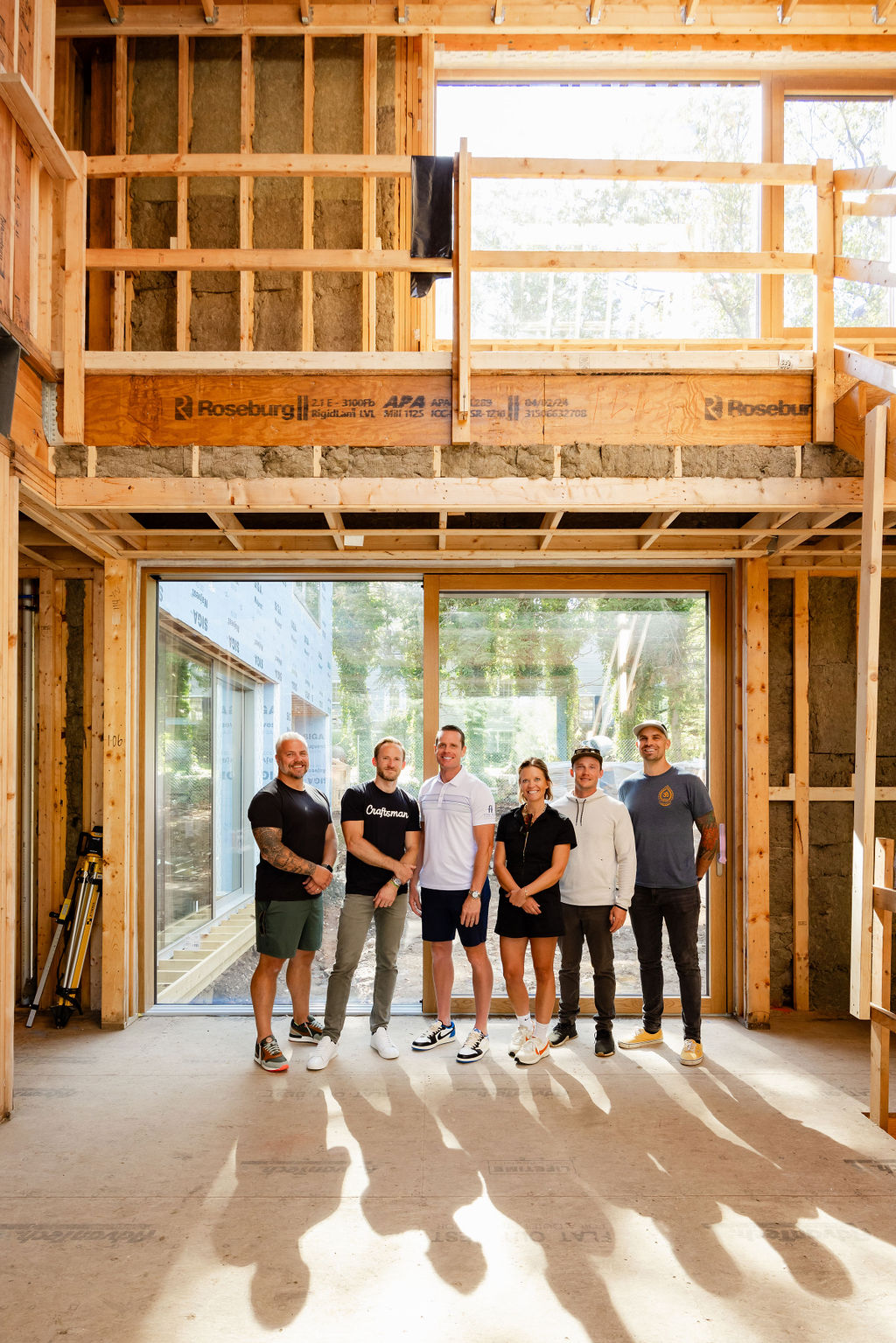
Google Web Stories have emerged as an innovative way to engage users with bite-sized, visually rich content. For entrepreneurs, contractors, and business owners rooted in marketing, leveraging Google Web Stories can be a game-changer for your online presence. This guide unpacks everything you need to know about Google Web Stories and how to craft them masterfully.
Understanding Google Web Stories
Google Web Stories are a mobile-focused format for delivering news and information as visual storytelling. They appear in a full-screen format, making them highly engaging and easy to consume. Each story is composed of a series of slides that users can tap through, providing an experience akin to social media stories.
Google Web Stories represent a dynamic and visually captivating format for sharing content on the web. Essentially, they are immersive, full-screen narratives that combine the power of video, audio, images, animation, and text to craft engaging stories that captivate audiences. Modeled after the popular “stories” format seen on social media platforms, Google Web Stories are designed to be consumed in small, digestible bites, allowing users to tap or swipe through each story at their pace. What sets them apart in the digital marketing world is their integration into the open web, making them searchable and shareable across sites and apps, unlike stories confined within social media platforms. This open format not only broadens the potential audience reach but also neatly ties into the ecosystem of search engine optimization, making Google Web Stories an invaluable tool for marketers aiming to enhance visibility and engagement in a creative, engaging way.
How to Create Google Web Stories
Step-by-Step Guide
- Choose a Google Web Story Tool: Start by selecting an editor tool designed for creating Web Stories. Google recommends using its own Web Stories for WordPress plugin, AMP Story Editor, or MakeStories.
- Set Up Your Story: Outline what you want to convey. Think of your story as a mini-article or a visual blog post.
- Design Your Slides: Pick a layout, add graphics or photos, and incorporate text. Utilize design tools like Canva or Adobe Spark to create appealing visuals that captivate your audience.
- Add Multimedia Elements: To make your story more engaging, incorporate videos, GIFs, and audio.
- Insert CTA Buttons: Incorporate calls-to-action (CTAs) where necessary. Direct your audience to your product page, blog, or any other relevant link that supports your marketing goals.
- Publish and Share: Once your story is ready, publish it to your site and share it across your social media platforms and with your email subscribers.
Time Efficiency and Automation
Utilizing ready-made templates can play a crucial role in minimizing the time needed for crafting a compelling Web Story. Additionally, automation features embedded within Web Story editors are beneficial for arranging images and text in a seamless manner, thereby streamlining the overall production process. For further enhancement of efficiency and automation, leveraging the diverse toolset available in Canva can prove to be highly advantageous.
How To Look At Analytics
Google Web Stories are trackable just like any web page. By utilizing Google Analytics, you can effectively measure your story’s performance metrics. This includes analyzing view time, bounce rate, and conversion metrics, giving you a comprehensive view of user engagement. By tracking these valuable insights, you gain the ability to make informed adjustments that can enhance the success of your future storytelling endeavors.
Are Google Web Stories Worth It?
For marketers seeking to cut through the noise online, Google Web Stories offer a compelling medium. They are immersive, shareable, and can improve your brand’s visibility. Since they’re featured prominently on Google’s Discover platform, they can significantly increase your content’s reach.
Considering that Web Stories are free to create and leverage Google’s vast reach, they are unquestionably a worthwhile investment for dynamic and unique content dissemination.
Best Practices
Here are some key best practices to ensure your Google Web Stories stand out:
- Keep It Concise: Web Stories should be easily digestible. Aim for stories that can be consumed in under 20 seconds.
- Visual Focus: Prioritize high-quality visuals. Your images and videos need to be compelling enough to grab and retain viewer attention.
- Text Clarity: Keep text brief and readable. Since stories are viewed on mobile devices, text must be legible on small screens.
- Engagement First: Encourage interactivity wherever possible. Include quizzes, polls, or other interactive elements to keep viewers engaged.
- Accessibility: Make your Web Stories accessible to all, including those with disabilities. Use alt text for images, and captions for videos.
In conclusion, Google Web Stories represent an exciting frontier for content creators in the digital marketing space. By following this guide, you can begin to integrate this format into your content strategy, crafting stories that resonate with your audience and amplify your brand’s narrative.
Whether you’re just getting started or you’re looking to refine your existing Web Stories strategy, this guide is here to help you capture the full potential of this innovative tool. So, start creating your own Web Stories and see the impact they can have on your brand’s online presence. Happy storytelling! # End of Section: Google Web Stories Best Practices
The best practices mentioned above are just a starting point for creating successful Google Web Stories. It’s important to continuously test and adjust your strategy based on audience engagement and feedback.
With the ever-evolving digital landscape, it’s important for content creators to stay adaptable and innovative. By incorporating Google Web Stories into your content strategy, you can drive higher engagement, brand awareness, and ultimately, achieve your marketing goals. So go ahead and start crafting stories that resonate with your audience and amplify your brand’s narrative. The possibilities are endless! # End of Section: Additional Tips for Creating Successful Web Stories
Don’t be afraid to experiment and think outside the box when it comes to creating Web Stories. Get creative and think of ways to make your stories stand out. Remember, the goal is to capture your audience’s attention and leave a lasting impression.
Also, don’t forget to optimize your stories for mobile viewing. With more and more people consuming content on their smartphones, it’s crucial to ensure that your Web Stories are visually appealing and easy to navigate on smaller screens.
Lastly, have fun with storytelling!


